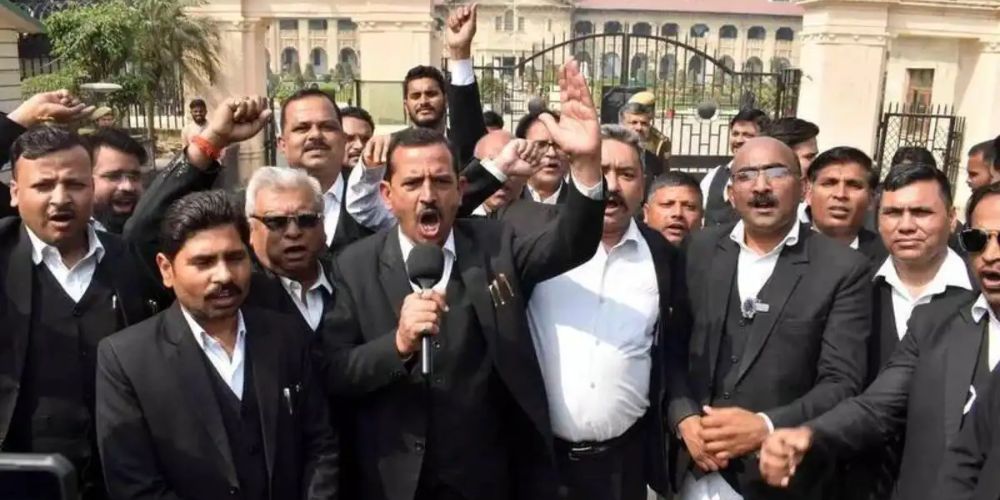Introduction
The process of allotting official residences to Delhi’s ministers has begun, marking a significant step in organizing the state government’s administrative setup. However, one key decision remains pending—the finalization of the Chief Minister’s residence. While most ministers have been assigned government quarters based on their roles and seniority, discussions over the CM’s official residence continue, raising questions about the criteria and possible political implications behind the delay.
Allocation Process and Criteria
The allotment of government residences follows established protocols, ensuring ministers receive accommodations suited to their rank and responsibilities. Typically, senior ministers are provided bungalows in prime government housing areas, while junior ministers receive smaller residences. The process is overseen by the government’s estate department, which balances availability, security considerations, and proximity to government offices when making assignments.
Delhi’s ministers have now been allocated their respective accommodations, ensuring they can perform their duties with greater ease. The timely allotment is crucial for maintaining the efficiency of governance, allowing ministers to settle into their roles without logistical disruptions. However, the pending decision on the CM’s residence has led to speculation about possible administrative or political reasons behind the delay.
Delay in CM’s Residence Decision
Unlike other ministers, the Chief Minister’s official residence is often a subject of greater scrutiny. The selection process involves multiple factors, including security provisions, historical precedent, and sometimes, political considerations. In this case, the delay has sparked discussions about whether logistical challenges or political dynamics are influencing the final decision.
There are reports that certain locations are under consideration, but no final decision has been made. Some speculate that ongoing discussions within the government may be influencing the process, while others believe that factors such as security upgrades or renovation work could be causing the holdup. Until a final announcement is made, questions remain about where the CM will ultimately be housed.

Political and Administrative Implications
The delay in finalizing the CM’s residence has led to speculation about its broader implications. In some instances, changes in government or internal political differences can influence such decisions. Additionally, the allocation of a residence carries symbolic significance, as it reflects the stature and priorities of the administration.
While the government has maintained that the selection process is being carried out methodically, opposition parties have questioned the delay, citing concerns over governance stability. Meanwhile, government officials emphasize that the CM’s work is unaffected by the pending residence decision, as alternative arrangements have been made.
Conclusion
The allocation of official residences to Delhi ministers ensures smooth functioning of the government, allowing them to focus on their responsibilities. However, the pending decision regarding the CM’s official residence has drawn attention, with various theories emerging about the reasons for the delay. As discussions continue, an official announcement is expected soon, clarifying the factors behind the holdup and setting the stage for the final allocation.



